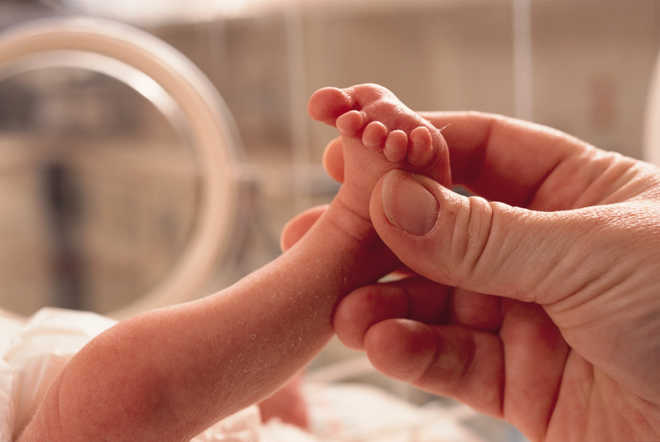New Delhi
According to a recent study, air pollution could be responsible for premature and underweight birth of an infant.
The research noted if the pregnant mother was exposed to pollution, it could further lead to high risk for vision and hearing problems, learning problems and even death. Exposure to air pollution during the first or second trimester in humans has a connection with more negative birth outcomes than exposure later in pregnancy.
Researchers studied the effects of fine particulate air pollution that usually comes from car exhaust, coal-fired power plants, and other industrial processes. They also examined obstetric outcomes based on exposures during different stages of pregnancy in mice.
“This first study of this problem in mice adds to the growing body of evidence that inhalation of particulate matter from implantation through the second trimester of pregnancy is potentially dangerous,” says lead author and investigator Jason Blum, PhD, MS, assistant professor in the Department of Environmental Medicine at NYU School of Medicine.
In the study, pregnant mice were randomly assigned to one of two groups — one exposed to filtered air and a second to concentrated PM2.5. The mice exposed to particles were also randomly assigned for exposure during one of four gestational periods designed to mirror the stages of human pregnancy: period 1(0.5-5.5 days); period 2(6.5-14.5 days); period 3(14.5-16.5 days); or period 4(0.5-16.5 days).
Researchers measured both the duration of pregnancy and birth weight of the offspring to identify the effects of concentrated PM2.5 over the time periods. Their results show that exposure to air pollution during period one resulted in preterm birth for about 83 percent of exposed mouse litters. Similarly, exposure to PM2.5 from conception to the end of the second trimester–periods one, two and three–resulted in an 11.4 percent decrease in birth weight for 50 percent of the litters.
Exposure during the first and second trimester also came with decreased body length, decreased placental weight, and decreased anogenital distance, which can reflect abnormal hormone levels, says Blum.
Senior study author Judith Zelikoff, PhD, a professor in the Department of Environmental Medicine at NYU School of Medicine stated, “These findings could lead physicians to advise women to avoid high pollution areas or use air filtration systems during the early stages of pregnancy.” The March of Dimes grant 21-F12-13 and the NYU NIEHS Center grant ES000260 supported the funding for the research. Drs. Blum, Zelikoff and other NYU School of Medicine researchers that were involved in this study are Lung-Chi Chen, PhD, and lab technicians Carol Hoffman-Budde and Mianhua Zhong.
The study, conducted by researchers of NYU School of Medicine, was published in Environmental Health Perspectives.




 Driving Naari Programme launched in Chandigarh
Driving Naari Programme launched in Chandigarh































